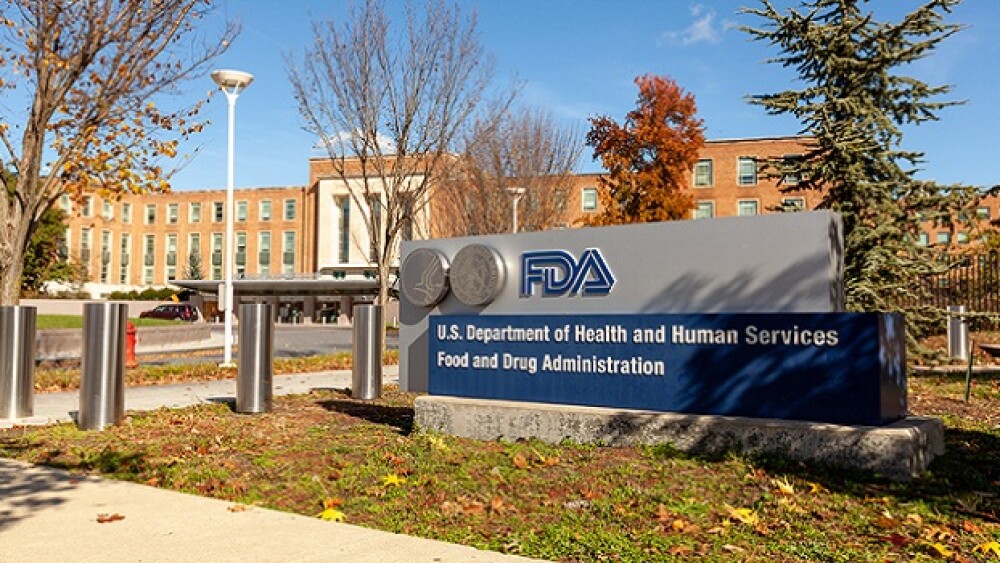Although the COVID-19 death toll has not yet reached the numbers of H3N2, it still continues to climb.
1968 was a bad year for flu but, as pandemics go, it was pretty mild. Scientists called the flu strain that hit the world H3N2. It’s still around.
Globally, about one million people died until the outbreak faded during the winter of 1969-70. In the U.S., the death toll was approximately 100,000 – three or four times the average annual death toll for flu since 2010, according to CDC figures. Most of those deaths were among people age 65 or older.
Although the COVID-19 death toll has not yet reached the numbers of H3N2, it still continues to climb. According to Johns Hopkins University’s continually updated Coronavirus Resource Center, global deaths for COVID-19 are now in excess of 116,000, and the U.S. has seen over 22,000.
ad
The H3N2 flu originated in Hong Kong in July 1968, appeared in the U.S. in September and is still circulating as a type of Influenza A. H3N2 was present among the 2019 flu strains and in the swine flu outbreak earlier in the decade.
Like so many viruses implicated in 20th century pandemics, both the H3N2 virus and the SARS-Cov-2 virus that causes COVID-19 exhibited cross-species transmission, appearing first in animals before jumping to humans and, sometimes, back to animals. A canine outbreak occurred in late 2017 in Ontario, Canada and persisted until October 2018.
H3N2 is considered one of the most troubling flu strains because, like COVID-19, it is highly contagious.
Scientists suspect that H3N2 emerged through an antigenic shift, in which the hemagglutinin (H) H2 antigen on the surface of the virus mutated to become the H3 antigen. According to the CDC, “The H3N2 virus is comprised of two genes from an avian influenza A virus, including a new H3 hemagglutinin, but also contains the N2 neuraminidase from the 1957 H2N2 virus.”
When sequencing the SARS-CoV-2 genome in January, researchers found it encodes a large, non-structural polyprotein that is proteolytically cleaved to generate additional proteins, including four structural proteins (the spike surface glycoprotein, the membrane, envelope and nucleocapsid protein) and five accessory proteins.
The small changes that characterize antigenic drift generally result in viruses that are only minimally different, so a vaccine designed for one usually is effective for a slightly mutated version.
With the seasonal flus, like H3N2, antigenic drift is continual. The accumulated effects of antigenic drift, however, can result in viruses that are so different from the original virus that the immune system doesn’t recognize them. Whether it will play a role in COVID-19 is still unknown.
Because H3N2 was closely related to the 1957 pandemic, many people were immune. This kept the 1968 H3N2 flu epidemic relatively mild, especially when compared to the 1918 Spanish flu. For some reason, however – possibly antigenic drift – the second wave of the H3N2 flu that struck in 1969 was more deadly.
Differences in immunity are evident as the virus mutated during its global spread, as shown by the different patterns of infection and death.
Edwin D. Kilbourne, (since deceased) professor of microbiology and immunology at New York Medical College, in a 2006 article comparing the influenza pandemics of the 20th century, found that outbreaks in Japan were small and scattered. Western Europe, including the United Kingdom, experienced increased illnesses but no increased death rates during the first year of the pandemic. The U.S., however, experienced high illness and death rates the first year, beginning on the West Coast where the virus was first introduced.
“Researchers speculated that (H3N2’s) more sporadic and variable impact in different regions of the world were mediated by differences in prior N2 immunity. Therefore, the 1968 pandemic has been aptly characterized as ‘smoldering,’” Kilbourne wrote. Emphasizing that point, vaccination by Air Force cadets with the H2N2 vaccine reduced H3N2 infections by 54%.
In the current pandemic, patterns of infection and mortality are fairly consistent throughout the world. The major mitigating influence is the degree of social distancing and the presence of comorbidities. The elderly are at high risk of infection but, unlike H3N2, not the very young.
In the 1960s, vaccines were evolving. The 1968 N3N2 pandemic triggered the development of trivalent vaccines and of subunit vaccines, which decreased adverse reactions. About the same time, the U.S. began recommending annual flu vaccination for high risk individuals.
Today, researchers are working to develop a vaccine for COVID-19 patients. ClinicalTrials.gov reported 28 vaccines in various stages of trials throughout the world on April 10. The World Health Organization’s International Clinical Trials Registry Platform listed an additional 8. Availability is expected in 12 to 18 months, possibly in time for next year’s flu season.
“No one knows whether the virus (COVID-19) will disappear ultimately, or will it persist like flu and become prevalent intermittently, will it be like hepatitis B that resides in people without sufficient immunity and spreads to others in that way?” said Wang Chen, the dean of Peking Union Medical College, in an interview with Chinese News Agency Xinhua.
Immunity, however, is uncertain. A growing number of cases are presenting in which patients tested negative for SARS-CoV-2 virus multiple times only to then test positive. -->






